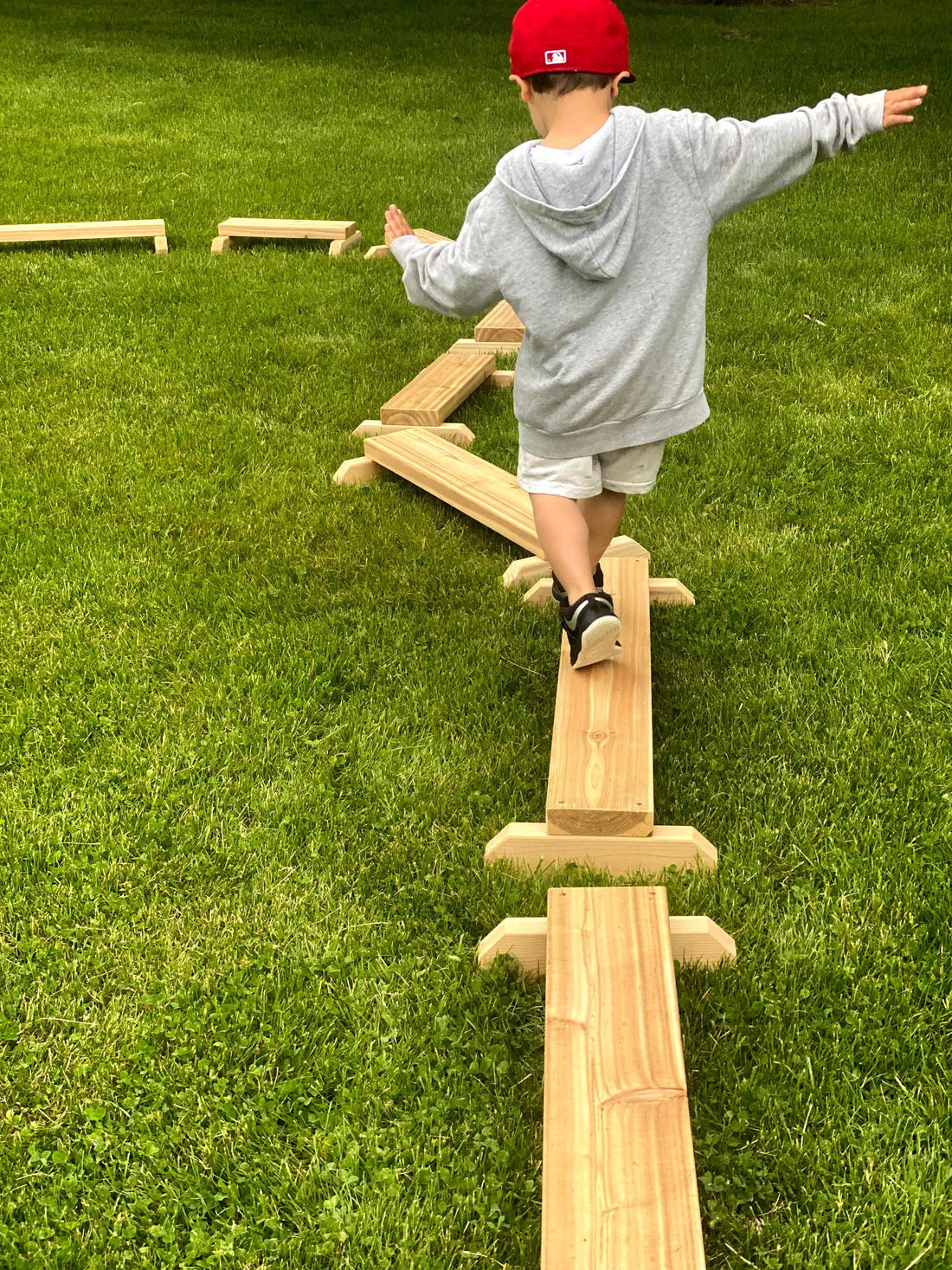
Why Risky Play Matters in Early Childhood Education
Share
In early years settings, outdoor play is more than a break from the classroom—it's a vital component of holistic child development. Increasingly, educators are embracing risky play as a way to foster resilience, creativity, and confidence in young children. Far from being reckless, risky play introduces children to manageable challenges in a supportive environment, helping them build skills that last a lifetime.
The Power of Outdoor Play
Outdoor play supports physical health, social development, and emotional well-being. It boosts physical activity, enhances motor coordination, and provides sensory-rich experiences with natural elements. Time outside reduces stress, increases vitamin D, and encourages exploration of the world beyond the classroom walls.
When children interact freely with their environment, they also engage in open-ended learning—discovering how gravity works as water flows or how bugs behave under rocks. These moments offer authentic STEM learning and foster curiosity.
What Is Risky Play?
Risky play refers to activities that allow children to test their limits and explore uncertainty in a developmentally appropriate way. Researcher Ellen Sandseter identified six types of risky play:
-
Play at great heights
-
Play at high speeds
-
Play with dangerous tools
-
Play near dangerous elements (e.g., water, fire)
-
Rough-and-tumble play
-
Play where children can disappear or get “lost” (like hiding in tents or behind trees)
These activities aren’t about courting danger, but about calculated risk. For example, climbing a low tree develops strength and balance, while navigating a balance beam improves coordination and confidence.
Why It Matters
Risky play builds essential life skills. It allows children to make decisions, assess danger, and regulate their emotions when they feel fear or excitement. Studies show that children who regularly engage in risky play have:
-
Better risk assessment skills
-
Higher self-esteem
-
Improved resilience
-
Greater physical and social engagement
Moreover, these experiences translate into adulthood. A child who learns how to manage risk in play will carry that self-awareness into situations requiring judgment, confidence, and problem-solving later in life.
What Educators Can Do
As educators, we can:
-
Reflect on how often children play outdoors—and how freely
-
Reassess outdoor environments to ensure they allow for challenge without serious harm
-
Partner with families to help them understand the value of risk in play
-
Introduce loose parts, varied terrain, and open-ended materials that encourage exploration
Creating a play space that values risk is not about eliminating safety—it’s about redefining it to include opportunities for growth, grit, and joyful learning.